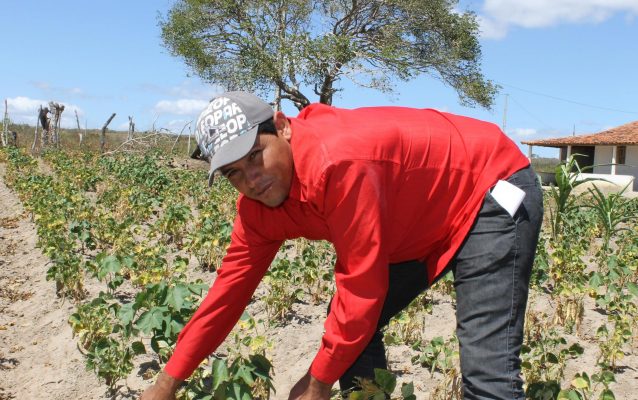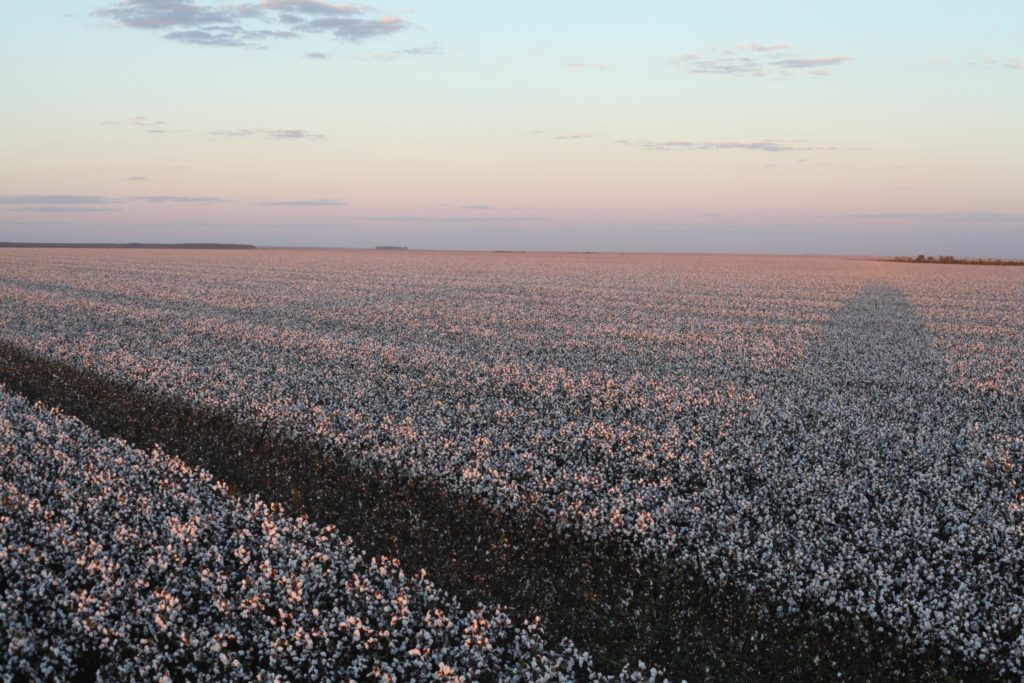Learn about the different types of cotton produced in Brazil and how to differentiate them
Brazilian cotton |
It is common place for us today to have several raw material options when choosing a piece of clothing in a store. In particular, natural fibers such as cotton are gaining relevance among consumers who prioritize sustainability and seek alternatives that are gentler to the skin and the environment. But did you know that there are several types of cotton available for the textile industry?
Besides conventional cotton, there are other types of fiber: organic, responsible, naturally colored, and agro-ecological. Each of them has its own specificities and that is what you will learn in this article. Your choices will then become more conscious. After all, one can neve have enough knowledge, right?
ORGANIC COTTON

The main characteristic of this type of cotton is that no chemicals are used in its production. The alternative found by the growers came in the form of natural pesticides, in addition to regional technologies to fight pests in a more crafted way. Because of this, yields are much lower, and this type of cotton is usually grown by small farmers.
According to a report by Embrapa Cotton, organic cotton production for the 2018/2019 crop in Brazil was 30 tons, grown by 600 families. Between 2019 and 2020, this number rose to 134 tons, grown by 1,894 families.
Another differential is that the seeds used cannot be transgenic. Semira Carvalho, a design specialist, says that by law, cotton grown from genetically modified seeds cannot be classified as organic. Because of these differentials, the organic fiber is certified according to the Brazilian Organic Products Act, by third-party auditing by the IBD (Biodynamic Institute), and by Ecocert Brazil, or by participative certification, performed by the growers themselves and audited by MAPA (Ministry of Agriculture, Livestock and Supply). If the cotton is not certified, the fiber cannot be said to be organic.
Just like with conventional cotton, which has an association of growers (Abrapa) and promotes the ABR Program, for organic cotton there is a group of institutions that work together, such as Embrapa and the companies that buy the fiber.
According to Silvio Moraes, from Textile Exchange, “there is no environmental impact, since the cotton produced in this way is clean and safe, creating a sustainable agricultural cycle”.
AGRO-ECOLOGICAL COTTON

This modality of farming arose in the state of Paraíba, the result of an initiative by producers who started planting cotton during the rainy season, and with a wider spacing between plants. The method, together with support from Embrapa Cotton, helped the crop fight one of the main pests in cotton production, the bollworm.
Basically, agro-ecological and not genetically modified seeds are used, in soil fertilized exclusively with organic compounds, without artificial irrigation or chemical pesticides. In addition, the harvest is done manually.
In the cultivation of agro-ecological cotton, the techniques of crop rotation are also used, with location changes at each new planting, and intercropping, which includes the alternate planting of other crops.
This type of cotton is considered sustainable not only for its low impact on the environment, but also for helping in the social and cultural development of the growing regions. The system helps preserve the quality of natural resources and promotes food safety and social inclusion, fostering job creation and encouraging family agriculture.
This productive system does not have its own certification, but it is possible to be certified as organic if one meets the specifications.
RESPONSIBLE BRAZILIAN COTTON (ABR)

The production style of any cotton that is awarded the ABR certification is the responsibility of the Brazilian Cotton Growers Association Abrapa). Together with nine member states, the entity encourages farmers to grow increasingly responsible fiber, according to the protocol of the ABR Program (Responsible Brazilian Cotton), in which farms must comply with 183 requirements, in eight dimensions, such as contract and working conditions across the entire production chain, environmental performance, and good agricultural practices.
The responsible cotton production is also audited by independent certifying bodies that are recognized worldwide, such as Genesis Certifications, Bureau Veritas, and the Brazilian Association of Technical Standards (ABNT). These institutions have granted the ABR seal to almost 85% of the latest Brazilian crop.
In general, the ABR is based on three sustainability pillars: environmental, social, and economic, ensuring good agricultural practices, respect for the environment, preservation of natural areas, fair labor relations, and social development of the communities in the growing regions. This responsible raw material is also competitive with synthetic fibers in terms of price because the production system is highly efficient in Brazil.
In addition, the program acts in benchmark with the BCI (Better Cotton Initiative), a license granted by the Swiss NGO of the same name that ensures responsible cotton production in several countries around the world.
NATURALLY COLORED COTTON

Colored cotton is an alternative to the conventional production system, developed by Embrapa in Paraíba through genetic breeding. This alloes the plant to produce a naturally colored fiber in different earthy tones, without the use of chemical additives.
This type of cotton results from the crossing of several seeds until it reaches the one with the desired earthy color. It can be grown both organically or conventionally.
According to Michelle Carvalho, from SENAI CETIQT’s Fashion and Design Consultancy Services, it is necessary to clearly state the difference between colored and organic: “This type of cotton is naturally colored and is not necessarily organic. It can be colored and still be grown just like conventional cotton. But as it originally has at least some color, we can avoid industrial processes, such as chemical dyeing”, he says.
Gilvan Ramos, an analyst at Embrapa Algodão, emphasizes that water resources are saved when colored cotton is used in the textile industry. “The lint does without the dyeing phase, ensuring savings of 87.5% in water in the finishing stages, in comparison with artificially colored fabrics”, he explains.
The work carried out by the Biodynamic Institute (IBD) certifies, for example, the colored cotton produced in Juarez Távora as an organic product. For this, it is necessary to verify the basic requirements for organic production, in addition to checking whether the crop complies with the Brazilian Forestry Code and labor laws.
THE DIFFERENCE BETWEEN THE PRODUCTION STYLES OF COTTON
Besides understanding the differences between the production styles, it is also necessary to know the possibilities offered by each one, taking into consideration the production capacities.
Currently, the Brazilian domestic demand is around 750,000 tons of fiber per year. This means that approximately 420,000 hectares of ABR cotton acreage are enough to meet the demands of the country’s textile industry. For comparison purposes, assuming that all cotton was organic, with an average yield of 137.5kg/ha (highest average found), it would be necessary to increase this acreage by more than 13 fold.
In practice, in order not to have to deforest, areas would be taken up from other crops. For example, 5.5 million hectares are equivalent to the entire acreage of the first corn and cotton crops in 2021/22.
Besides, an exclusively organic farming system would not be able to control the cotton bollworm, one of the most difficult pests to control and which was responsible for the end of the Brazilian cotton production in the 1990s. On the other hand, the new production system in the cerrado focuses on the control of this pest, ensuring the economic, environmental, and social sustainability of the production.






